Clinching, also known as press joining or mechanical clinching, is a cold-forming process used to permanently join two or more sheets of material—typically metals—without the need for heat, fasteners, or adhesives. This technique relies on localized plastic deformation, where a punch and die system mechanically interlocks the materials under high pressure, creating a strong, reliable joint. Clinching is widely used in industries such as automotive manufacturing, aerospace, electronics, and construction due to its efficiency, cost-effectiveness, and environmental benefits.
How Clinching Works: Tools and Methods
The clinching process involves specialized tools and precise control to ensure a durable connection:
Tools:
Clinching Machine: A hydraulic or pneumatic press equipped with a punch and die. The punch applies force to deform the materials, while the die shapes the joint.
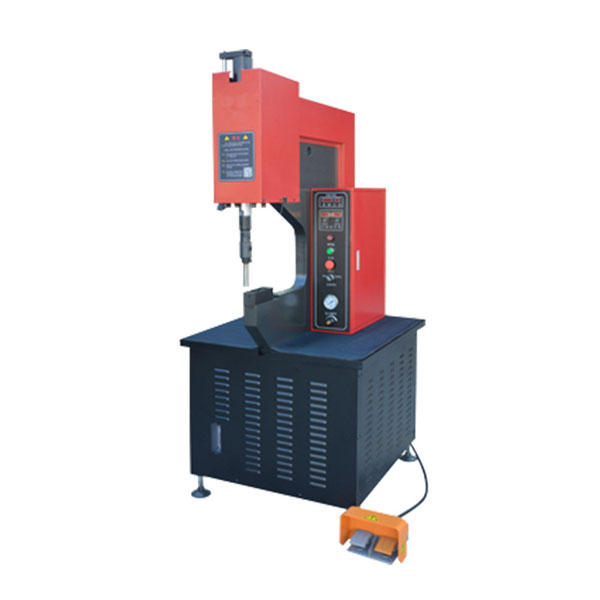
Punch and Die Set: These are custom-designed for specific material thicknesses and joint requirements. Common die types include round, rectangular, or extruded geometries.

Automated Systems: Robotic clinching arms are used in high-volume production lines for consistency and speed.
Method:
Material Stacking: Sheets are aligned and clamped in place.
Deformation: The punch presses the materials into the die cavity, causing them to flow radially outward. This forms a button-like protrusion on the underside and a corresponding interlock (neck) between the layers.
Interlock Formation: The displaced material creates a mechanical bond, resisting shear and tensile forces.
Clinching can be performed as a single-step process (for thinner materials) or a multi-step process (for thicker or mixed-material stacks).
Materials Suitable for Clinching
Clinching is compatible with a variety of ductile materials, including:
Metals: Aluminum, mild steel, stainless steel, copper, and brass.
Combinations: Dissimilar metals (e.g., aluminum to steel) can be joined without galvanic corrosion risks if properly coated.
Material Thickness: Typically works with sheets ranging from 0.5 mm to 4 mm. Thicker materials may require pre-piercing or multi-stage tools.
Limitations: Brittle materials (e.g., cast iron) or highly hardened metals are unsuitable due to their lack of plasticity.
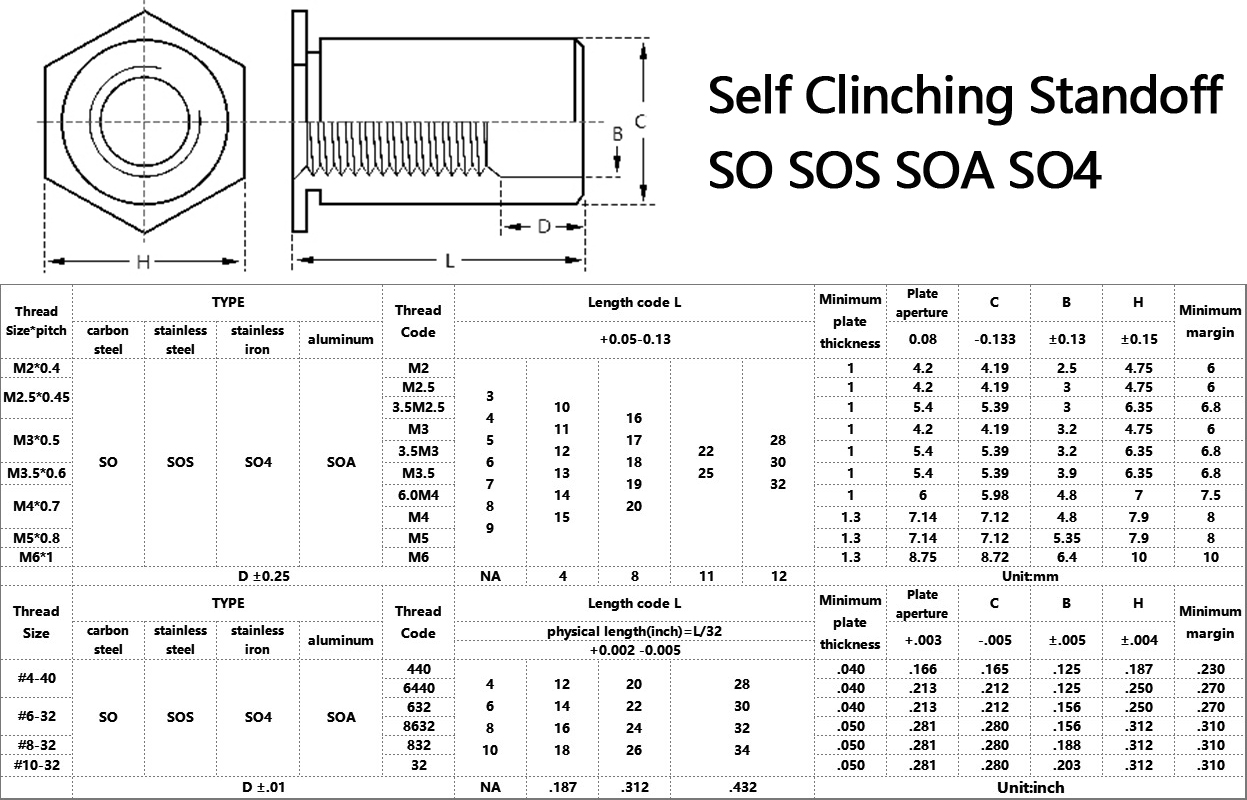
Advantages of Clinching

Cost-Efficiency: No consumables (e.g., rivets, screws) or energy-intensive heating (as in welding) are required.
Speed: Joints can be formed in seconds, ideal for mass production.
Eco-Friendly: No fumes, sparks, or waste, aligning with sustainable manufacturing goals.
Material Integrity: Avoids heat-affected zones (HAZ), preserving the base material’s properties.
Versatility: Effective for coated or pre-painted materials, as the process doesn’t damage surfaces.
Applications of Clinching
Automotive: Body panels, chassis components, and battery housings in electric vehicles.
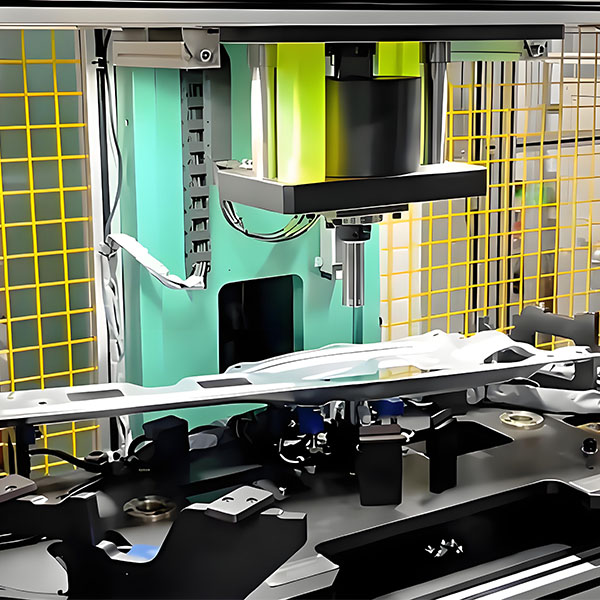
Appliances: Joining oven doors, washing machine drums, and HVAC ducts.
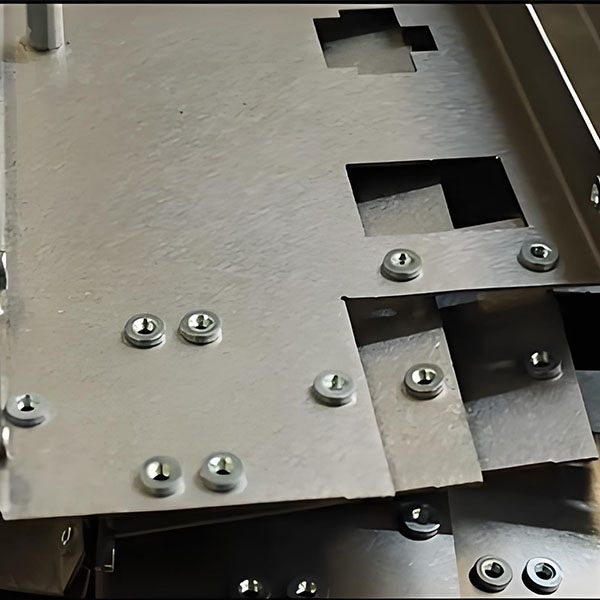
Electronics: Securing lightweight enclosures or heat sinks.
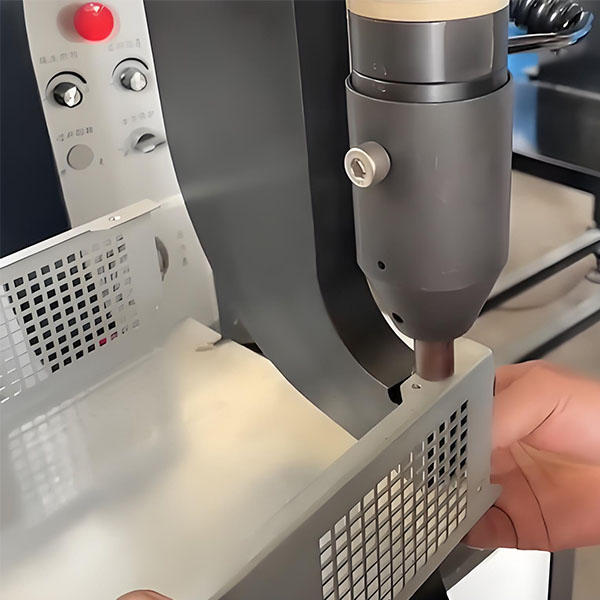
Construction: Roofing, cladding, and structural frameworks.
Quality Control in Clinching
To ensure joint reliability, manufacturers use:
Force-Displacement Monitoring: Sensors track punch pressure to detect anomalies.
Visual Inspection: Checking for uniform button shape and absence of cracks.
Destructive Testing: Pull-apart tests measure joint strength.
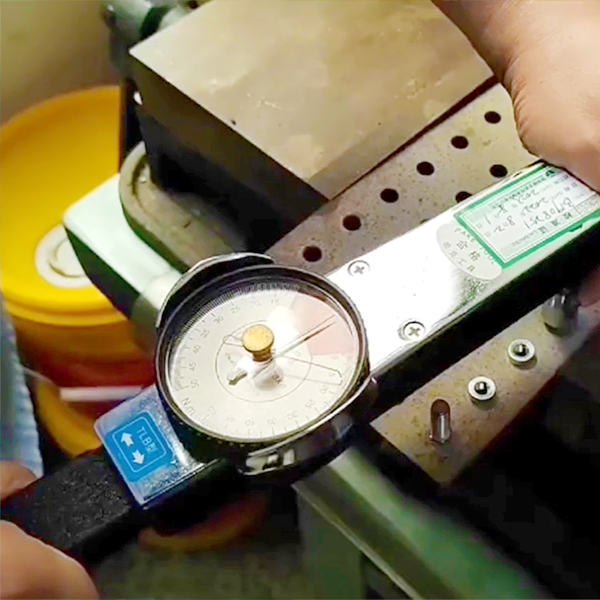
Clinching vs. Alternatives
Welding: Clinching avoids thermal distortion and energy use but lacks the same ultimate strength for heavy loads.
Riveting: Clinching eliminates fastener costs but may not suit highly rigid joints.
Adhesives: Clinching provides immediate strength without curing time.
Future Trends
Advances in tool coatings (e.g., diamond-like carbon) and AI-driven process optimization are enhancing clinching’s precision and expanding its use in lightweight, multi-material designs for electric vehicles and renewable energy systems.
Conclusion
Clinching is a versatile, economical, and sustainable joining method that addresses modern manufacturing demands for speed, flexibility, and environmental responsibility. By understanding its tools, materials, and applications, industries can leverage this technology to create durable products while reducing costs and carbon footprints.




















